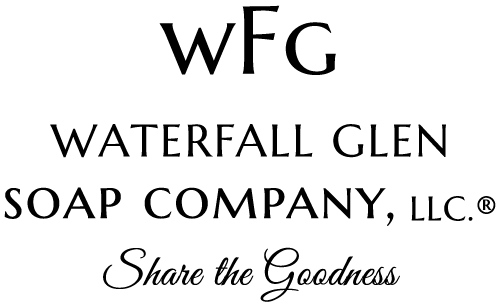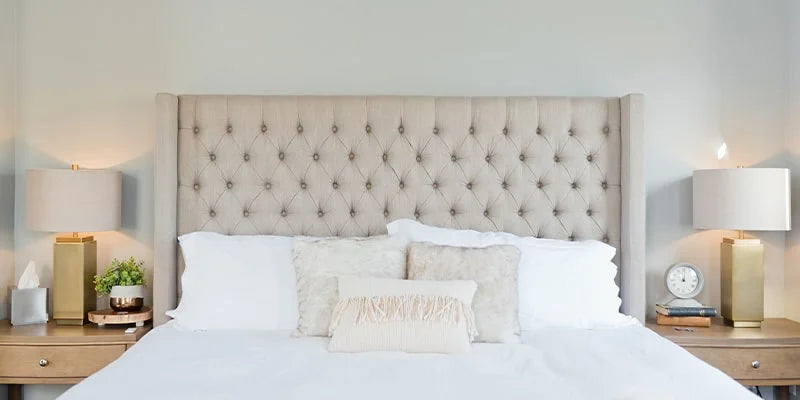Just finished pouring our second big cold process soap batch for today – 160lbs total. Its underneath this moving blanket. Called ‘Putting Soap to Bed.’ We try to pour at least 80lbs of soap a day. But sometimes, running a business and wearing multiple hats takes us away from what we do best – soap making.
Putting Soap to Bed
What does ‘Putting Soap to Bed’ mean? Raw soap gets HOT! The heat comes from the chemical reaction mixing oil (acid) and lye (base). This process is called saponification and temps can exceed 250 degrees.
Raw soap blocks are insulated with a reflective material and then covered under a heavy moving blanket. We call it ‘putting the soap to bed.’ Covering helps maintain an even heat distribution so that the outside of the block doesn’t cool faster than the core. That would cause the block to crack and soap wouldn’t be pretty enough to sell as some bars could have gaping fissures. Who wants that? Not us! We want every soap bar to arrive to you perfectly. Soap blocks will stay in bed for 24 hours at least.
Tomorrow, about noon, we will slowly remove the blanket, insulation material and carefully disassemble the block mold. The soap blocks can still exceed 150 degrees. So we need to wait until the temperature drops to about 80 before we cut, stamp and stack.
Finally, the slow, and sometimes boring process of curing. It takes at least 3 weeks of drying which slowly hardens each bar and it lasts a long time for you. Usually we have thousands of bars curing in our Factory. Each kind of soap is labeled and on its own shelf. This way, in a glance, we can determine which bars need to be produced. Because there is a 21 day curing ‘hold’ on soap bars and our demand is high – we need to keep a large supply in the works so that we never run out.
We add Dead Sea salt to our lye solution. Salt from the Dead Sea sea are full of minerals beneficial to the skin like magnesium, zinc, calcium, potassium and more. Salt (any salt) speeds up the curing phase by squeezing the water molecule out from the soap. We use Dead Sea salt because its a really great treatment for your skin. It also creates a creamy dense lather. People with sensitive skin can benefit from using salt soap. Those with eczema, psoriasis, or acne will find salt soap helps to reduce inflammation, redness and irritation.
The Curing phase allows the soaps to dry out. Why are the soaps wet? Where does the water come from? Lye is shipped to us in 50lb bags in pellet form. This makes it safer to transport. We carefully measure it to the gram according to our formula and add it to water, creating a solution. This ensures that the lye (base) is evenly distributed when mixed with oils (acid).
During saponification (mixing the base with the acid), the lye is completely neutralized in the soap making process. In fact, we do something cool called ‘super fat.’ That means we add extra oil (in our formula it’s cocoa butter) – because we are a vegan soap company. The ‘super fat’ or cocoa butter ensures that the soaps are not only safe but have extra moisturizing benefits. Cocoa butter is a deep skin conditioning plant oil that makes your skin and hair feel soft and luxurious.
To recap: the lye is neutralized, extra ‘fat’ is added and the water solution needs to escape from the soap bars in the curing phase. A harder bar is always better. Lasting longer.
We offer tours and will show you our equipment and the different stages of soap production. Text: 630-220-5242. The tour is free but we need to schedule your group because we are running all over Southern Illinois doing really cool stuff. We can handle up to 20 good people at a time. Come with questions and a smile.
Waterfall Glen Soap Company is located at 1511 East Main Street in Belleville. Park in the back and use the rear purple door near the light pole.

